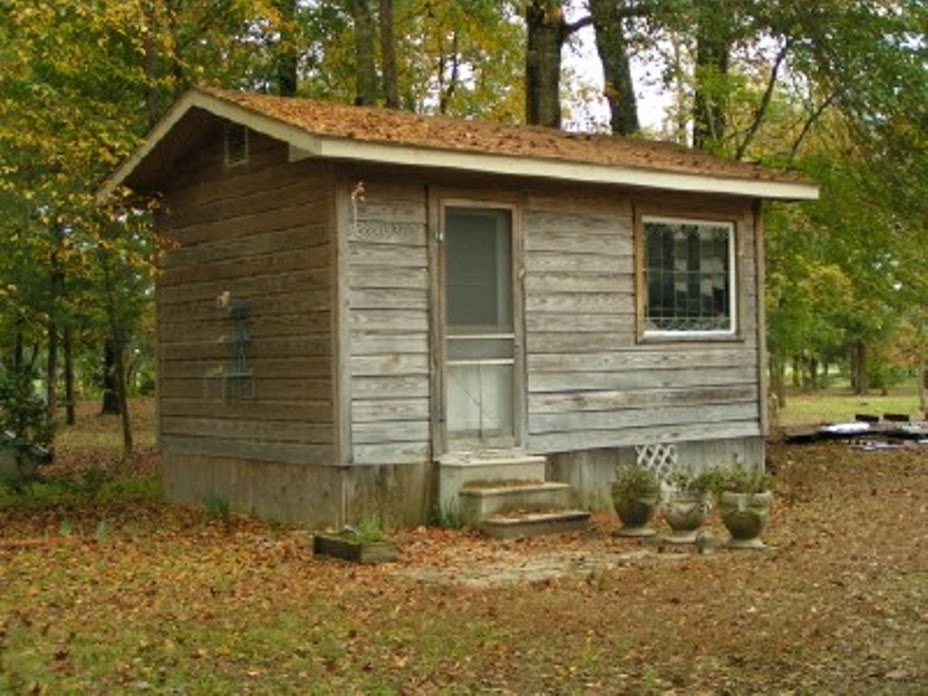One April in particular, I found myself back in my childhood
home, caring for a dying sister. Days overflowed with the visits of a corps of
home-care professionals, performing the hosts of chores required by everyday
life and chauffeuring Jeannette to endless rounds of hospital visits for
treatment that served only to delay the inevitable. In between, I worked at
dismantling our family home of forty years.
Needing a break, I decided on a walk into
the neighboring countryside. With weakening gasps of defeat, winter had finally
relinquished its frosty hold and spring now burst on the scene, full of
enthusiasm. Patches of white puffs overhead-nothing more than window dressing-dotted the crystal-blue sky. As I walked, a mellow breeze lifted my weary
spirits. The road I followed climbed steeply and left me light-headed with
calf muscles protesting. Determined to take advantage of this however-brief
escape, I pushed on.
I passed homes sporting newly-set-out shrubs; patches of flowering plants sprinkled
the dark earth of garden beds. One or two tenants stopped in their labors to send
me a friendly wave.
My
meandering took me beyond the houses and into an undeveloped area. I soon found
myself at an overpass bridging two ridges high above a steady stream of
Interstate traffic below. I climbed the low metal railing and sat on the grass.
The mélange of vehicles whizzing by far below mesmerized me as tired muscles
relaxed.
It seemed
strange to be thousands of miles from familiar home-grounds yet these
surroundings evoked old memories. Like being trapped in a time warp, the
transience of my situation filled me with ambivalence. Was the path of my life also
predetermined by the genes I inherited? The decisions I made, the options I
chose--were they all conditional responses bred into me through past
generations?
The Bible teaches that man was the only creation to which God gave
freedom of will. Yes, it had been my decision to undertake this overwhelming
task of accompanying a sister along her final days on earth. But was it really
a thought-out choice or was it only the conditioned response of an elder sister
who always felt responsible for her siblings? No matter what predisposed the
decision, I had made it willingly and would remain to fulfill my obligations.
But just for this moment, I took time out to pause and absorb the quiet
and peace of my surroundings.
When a
change in the air’s touch brought goose-bumps, I looked about. Something in the
distant western sky caused me to catch my breath. Billowing clouds tinged with
a gray that forebode coming showers were gathering. Beyond their mass, an
ominous blue-gray cast already replaced the sky's clear, azure coloring. Sure
signs of an impending storm headed my direction.
My peaceful
interlude ended abruptly. Time to return to the house, to seek it’s shelter
from the coming storm. With reluctance I climbed back over the barrier and
retraced my steps, refreshed and ready to pick up the burden I had willingly
taken on. It brought a sense of peace knowing that even in the midst of turmoil
and uncertainty, those islands of quiet and restoration were available. The
walk I chose to take had turned into not only a change of scenery but a
settling of my uneasy mind.

.jpg)





